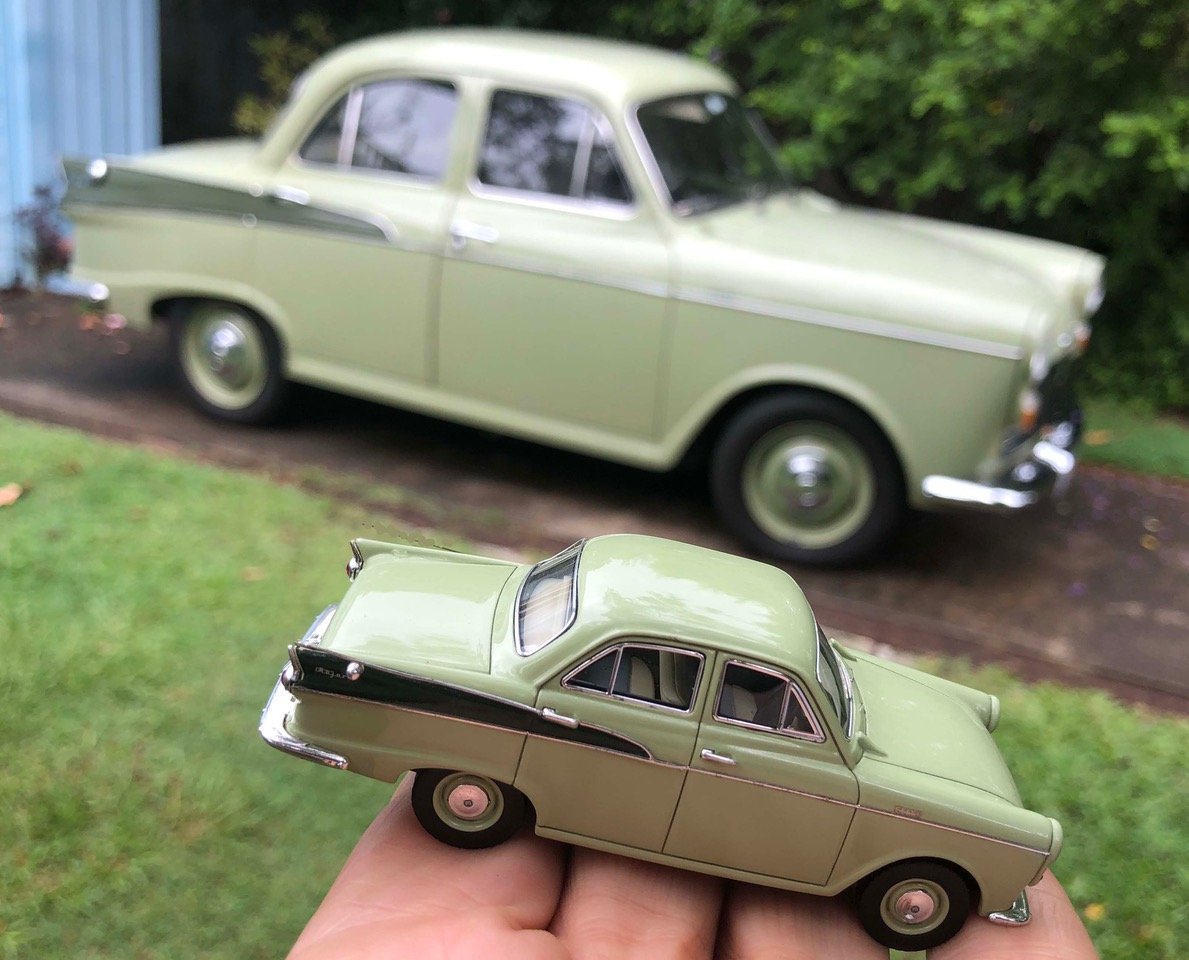Ignition Coil Polarity

This article is a discussion about electrical polarity of the coil and spark plugs.
The ignition coil is essentially a low voltage to high voltage transformer and the coil case is not grounded and both primary and secondary windings inside the case are isolated from the case. The only thing the windings have in common is one end connected to the same primary terminal. Being a transformer it must have pulsating dc on the 12 volt primary coil, generated by the points in the distributor, to generate high voltage on the secondary output.
A transformer is not affected by polarity, since it is an alternating current device, so it matters not what the primary polarity is. Any polarity on the primary will produce the same amount of voltage for the high voltage spark plugs. Why then do we worry about coil polarity?
Because the spark plugs do care which way the electrons are flowing in the high tension circuit. The spark plug has a thermally insulated center electrode (surrounded by ceramic). With engine running the center electrode runs substantially hotter than the exposed end electrode. As electrons go, they love to “jump” away from a hot surface and fly toward a colder surface, so it is easier to drive them from hot to cold rather than from cold to hot. End result is a difference of 15 to 30 percent in voltage required to make spark "initially" jump the gap on the plug depending on which way it is going.
So the spark plug prefers to see a voltage potential that is negative on the center electrode and positive on the end electrode for the very first hop of the spark. Oddly enough, this has nothing to do with polarity of the vehicle electrical system, but it is influenced by the common connection inside the ignition coil. The common knowledge bit about electrons is that they carry a negative charge. This means the direction of flow of electrons in a car is from the battery negative post through the wiring to the battery positive post. If you reverse cable connections on the battery the current flows in the opposite direction through the vehicle wiring.
For most original functions this matters not, as most original equipment is not polarity sensitive (except maybe the optional radio). As one end of the primary winding in the ignition coil is connected to one end of the secondary winding, reversing polarity of the coil primary side will reverse the drive direction of the spark current in the secondary on the output side. So reversing vehicle electrical system polarity will reverse direction of spark drive.
The engine still runs either way, but spark will be more reliable if you get it right. The simple fix for this is to reverse the two primary wire connections on the ignition coil. So how do we know which way to connect the ignition coil for best results? Original production coils were generally marked on the primary terminals "SW" for Switch and "CB" for Contact Breaker. This was assuming the vehicle wiring was connected for positive earth (positive battery cable grounded on the chassis).If the battery polarity is reversed (going to negative earth), then these coils need to be connected with "CB" to the ignition switch and "SW" to the distributor points wire. Later issue ignition coils are marked "+" and "-" on the primary terminals and the terminal markings need to match the battery post polarities. For positive ground the "+" terminal goes to the distributor. For negative ground the "-" terminal goes to the distributor.






